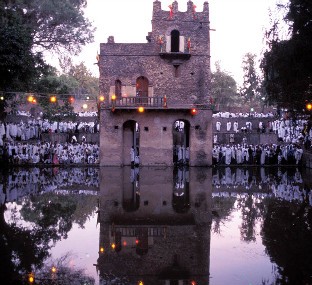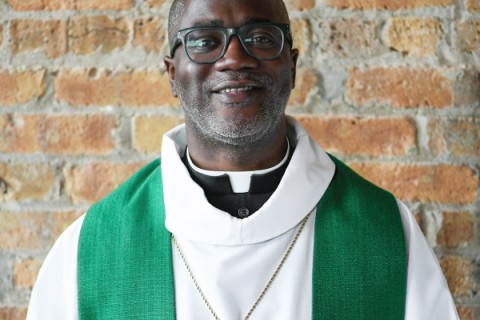The three days of Timkat
For many early Christians, only at the moment of Jesus' baptism was he suddenly overwhelmed by the power of divinity.

May I wish you all a happy and blessed Timkat season. Timkat, I should explain, is an important festival of the 40-million-strong Orthodox Church of Ethiopia. By common consent, it is one of the world's most spectacular religious festivals. A three-day celebration literally brings large areas of the country to a halt in a season dedicated to elaborate rituals, to feasting and gift giving, pageantry and mysticism. In vast pilgrimages and processions, individual churches parade their tabots —symbols of the Ark of the Covenant.
But what are Ethiopians celebrating so passionately? Timkat comes 12 days after Christmas, which in the local calendar means that it falls on January 17 through 19. Tourist guidebooks vaguely relate it to Epiphany. Actually, the event commemorates the baptism of Christ in the Jordan (Timkat is the Amharic word for baptism). Baptismal symbolism dominates the rituals to the point that enthusiastic believers plunge into consecrated pools to renew their vows. The baptismal theme recalls some very early debates in the Christian church, controversies that were raging not long after apostolic times. Timkat is, in fact, a startling relic of ancient Christian beliefs.
Churches around the world naturally make much of the Christmas season that marks the manifestation of God's glory in the world, but they vary greatly on the limits of the season and its exact meaning. For many Western Christians, the focus of the celebration tends to be not the actual birth but Epiphany and the visit of the Magi. Christians in the Orthodox tradition, however, link Epiphany to Christ's baptism in the Jordan.





